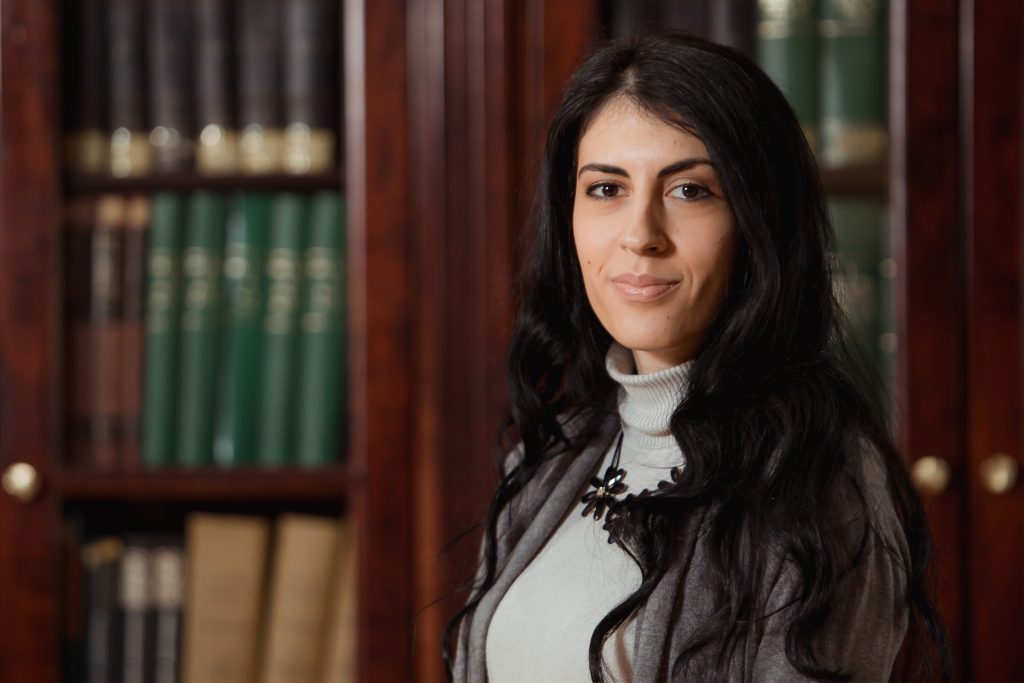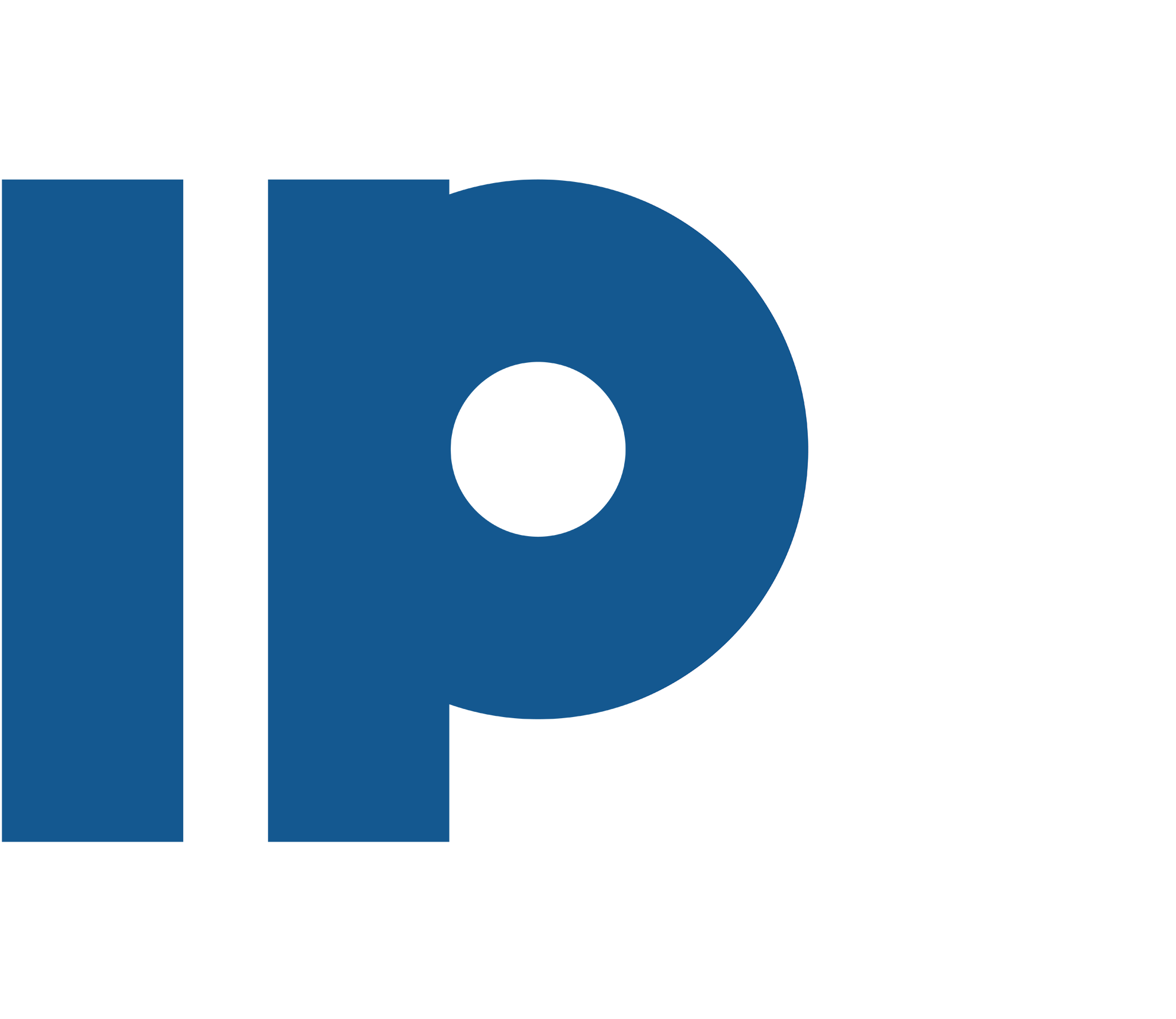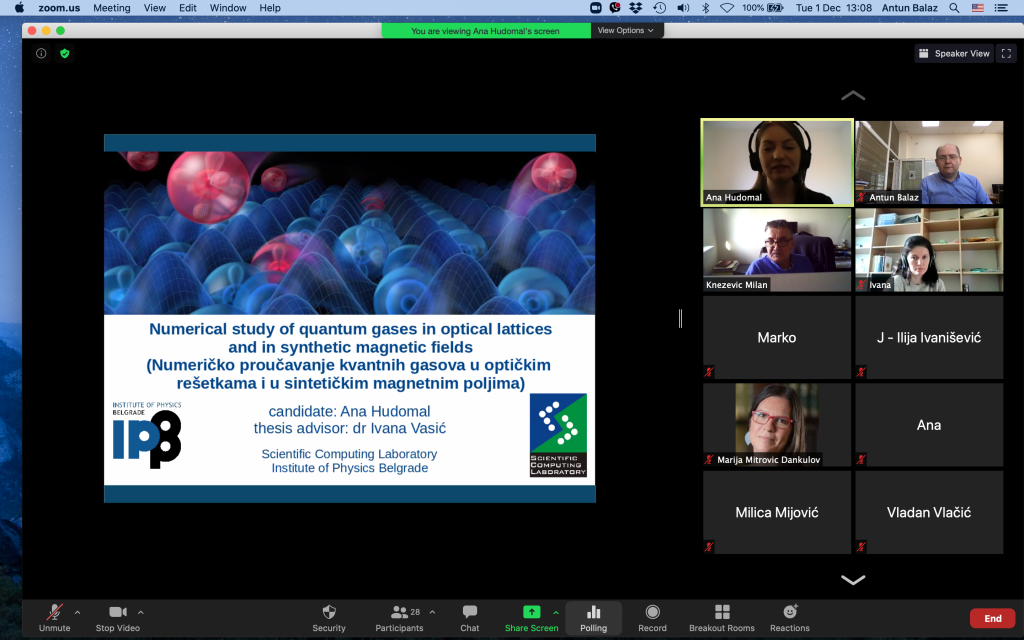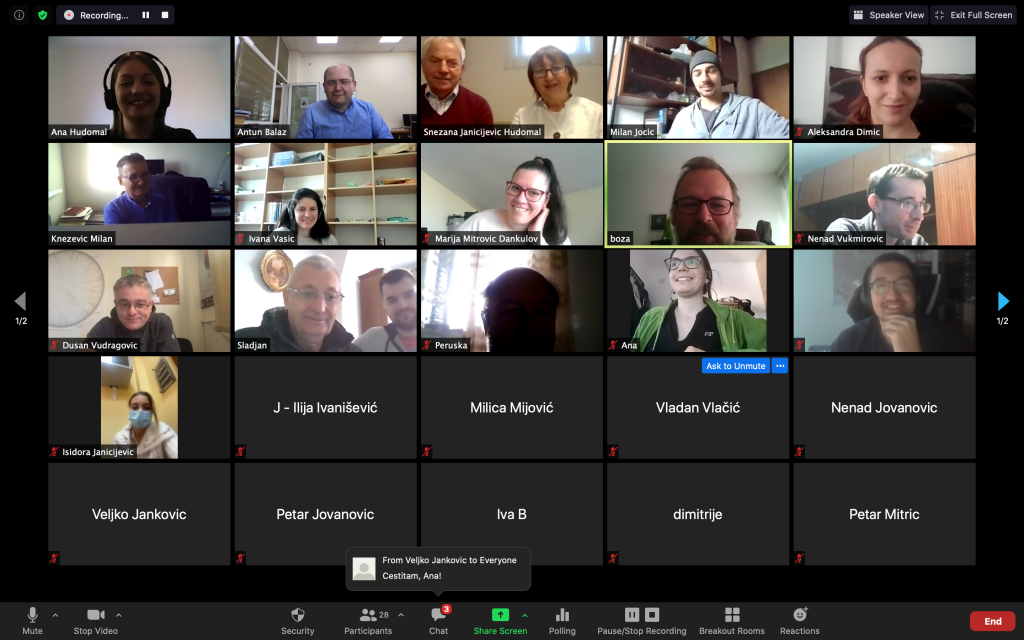
Научна сарадница Института за физику у Београду, др Даница Павловић, једна је од овогодишњих добитница националне стипендије у оквиру међународног програма Л’Ореал УНЕСКО „За жене у науци“, саопштило је 28. децембра 2020. године Министарство просвете, науке и технолошког развоја.
Биолог др Даница Павловић запослена је у Лабораторији за биофотонику Института за физику у Београду где се бави истраживањима у области биофизике. Како се у саопштењу Министарства наводи, радови др Павловић су пружили допринос на пољу биофотонике и ентомологије и екологије инсеката.
Др Даница Павловић је добитница више награда и стипендија, а како се у њеној биографији наводи, ауторка је 25 публикација у врхунским међународним научним часописима и зборницима радова међународних и домаћих стипендија.
Стипендија „За жене у науци“ се у Србији додељује десет година у партнерству са Министарством просвете, науке и технолошког развоја, Комисије Републике Србије за сарадњу са Унеском и компаније Л’Ореал Балкан женама до 35 година старости које су уписале или завршиле докторске или постдокторске студије у области природних наука.
Поред др Данице Павловић, овогодишње добитнице су др Јелена Владић са Катедре за биотехнологију и фармацеутско инжењерство Технолошког факултета у Новом Саду и др Ана Томас Петровић са Катедре са фармакологију, токсикологију и клиничку фармакологију Медицинског факултета у Новом Саду.





